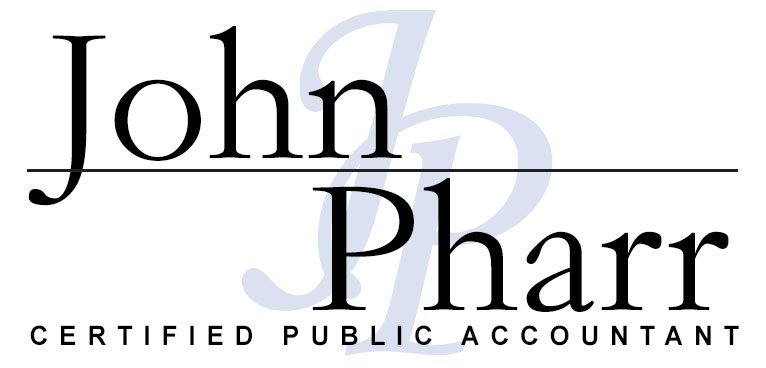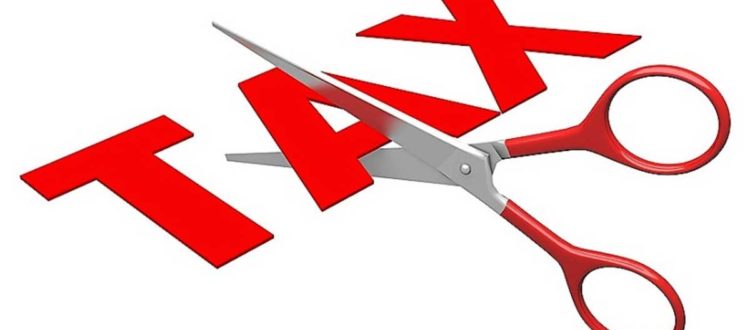Overview of the Qualified Business Income Deduction
One of the most frequently asked questions we get is about how the tax cut helped business owners. So, in order to simplify the understanding of what the business deduction is, we have put together our short version. Under the statute, the deduction is available in full to taxpayers with taxable incomes below $315,000 for joint returns and $157,500 for other taxpayers. It is generally equal to 20% of your combined qualified business income. The deduction may be limited for taxpayers above these thresholds. QBI is, for any tax year, the net amount of qualified items of income, gain, deduction, and loss with respect to any qualified trade or business of the taxpayer. The deductible amount for each qualified trade or business is the lesser of 20% of its QBI, or the greater of either 50% of its wages, or 25% of its wages plus 2.5% of its unadjusted basis immediately after the acquisition of all qualified property.
There is an exception from the definition of a qualified trade or business for specified service trades or businesses (SSTBs). SSTBs include trades or businesses involving the performance of services in the fields of health, law, accounting, actuarial services, performing arts, consulting, athletics, financial services, brokerage services, or any other trade or business that relies on the reputation or skill of one or more of its employees.
Taxpayers with taxable incomes below a threshold amount (in 2019, $321,400 for taxpayers filing joint returns, $160,725 for married taxpayers filing separately, and $160,700 for single and head-of-household returns) with trades or businesses that are SSTBs are not subject to this exception. In 2019, the exception is phased in for taxpayers filing joint returns with taxable incomes from $321,400 to $421,400, for married taxpayers filing separately with taxable incomes from $160,725 to $210,725, and for single and head-of-household taxpayers with taxable incomes from $160,700 to $210,700. Taxpayers with taxable incomes above the upper threshold amount are subject to the exception in full.
If you find yourself over the threshold amount as a qualified business or as a SSTB, we need to sit down to go over your return and put a plan together before it is to late. There are ways to lessen your tax burden if you didn’t qualify for it last year. Don’t let yourself pay excess taxes if you don’t have to.




